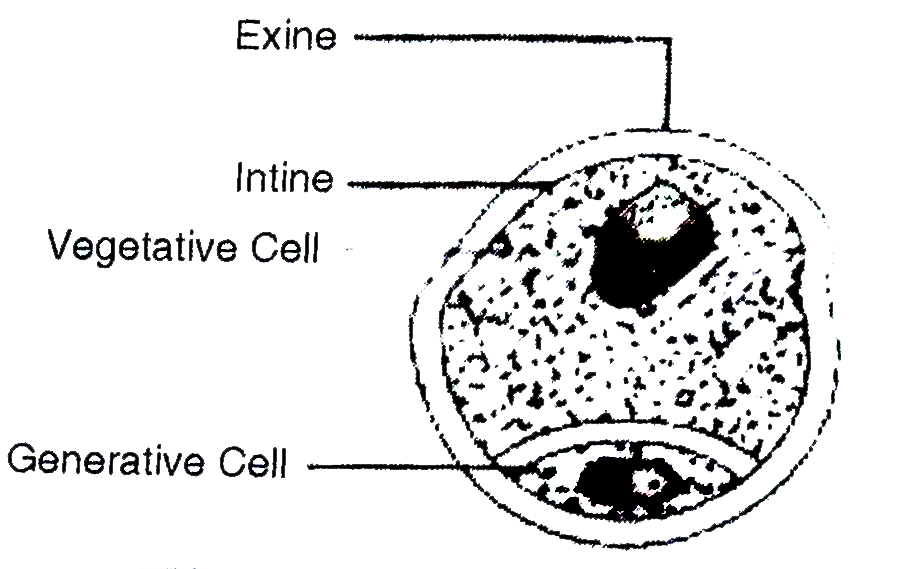Describe the stage in embryo development in a dicot plant. Solution in Bengali

(b) Embryogeny in Dicots. In a typical dicot the zygote elongates and then divides by a transverse wall into two unequal cells. The larger basal cell is called suspensor cell. The other towards the antipodal end is termed as terminal cell or embryo cell. The suspensor cell divides transversely a few times to produce a filamentous suspensor of 6-10 cells. The suspensor helps In pushing the embryo in the endosperm. The first cell of the suspensor towards the micropylar end becomes swollen and functions as a haustorium. The haustorium has wall ingrowths similar to transfer cells. The last cell of the suspensor at the end adjacent to the embryo is known as hypophysis Hypophysis later gives rise to the radicle and root cap.
The embryo cell undergoes two vertical divisions (quadrant stage) and one transverse division to form eight cells arranged in two tiers (octant stage epibasal terminal and hypobasal (near the suspensor). The epibasal cells eventually form the two cotyledons and the plumule. The hypobasal cells produce the hypocotyl except its tip The eight embryonic cells or octants divide periclinally to produce an outer layer of protoderm or dermatogen. The inner cells differentiate further into procambium ( plerome) and ground meristem (= periblem. Protein forms epidermis, procambium gives rise to stele or vascular strand and ground meristem produces cortex and pith Initially the embryo is globular and undifferentiated. Early embryo with radial symmetry is called proembryo. It is transformed into embryo with the development of radicle, plumule and cotyledons. Two cotyledons differentiate from the sides with a faint plumule in the centre. At this time the embryo becomes heart-shaped. The rate of growth of the cotyledons is very high so that they elongate tremendously while the plumule remains as a small mound of undifferentiated tissue
Topper's Solved these Questions
- REPRODUCTIONBOOK - TRUEMAN BIOLOGYCHAPTER - REPRODUCTIONEXERCISE - SECTION -C
22 Videos
- Protista BOOK - TRUEMAN BIOLOGYCHAPTER - Protista EXERCISE - ASSERTION AND REASON
6 Videos
- Reproduction In OrganismsBOOK - TRUEMAN BIOLOGYCHAPTER - Reproduction In OrganismsEXERCISE - MULTIPLE CHOICE QUESTION
131 Videos
Similar Questions
Draw a labelled diagram of the sectional view of a mature pollen grain of angiosperms. Explain the function of generative cell and vegetative cell

View Solution[A] : Contractile vacuoles in protists show systole and diastole .
[R] : Contractile vacuoles help in osmoregulation .
View SolutionRegeneration was first discovered in Hydra by
View SolutionStarting with the zygote, draw the diagrams of the different stages of embryo development in a dicot.
View SolutionWhich stage in the development of embryo is almost similar in monocot and dicot?
View Solutionद्विबीजपत्री भ्रूण के विकास का वर्णन कीजिए ।
View SolutionIdentify the correct sequence for different stages of embryo development in dicots .
View Solution(a) Draw a shematic labelled diagram of a fertilised embryo sac of an angiosperm.
(b) Describe the stages in embryo development in a dicot plant .
View SolutionDescribe the stages of embryo development in a dicot plant.
View SolutionStarting with the zygote, draw the diagrams of the different stages of embryo development in a dicot.
View SolutionStarting with the zygote, draw the diagrams of the different stages of embryo development in a dicot.
View Solution(a) Draw a schematic labelled diagram of a fertilised embryo sac of an Angiosperm. (b) Describe the stage in embryo development in a dicot plant.
View SolutionStarting with zygote, draw the diagrams of the different stages of embryo development in a dicot
View SolutionDescribe the stages in embryo development in a dicot plant.
View Solution(a) Draw a schematic labelled diagram of a fertilised embryo sac of an Angiosperm. (b) Describe the stage in embryo development in a dicot plant.
View SolutionDescribe in brief about the embryo of a Dicot plant with a diagram.
View Solution
